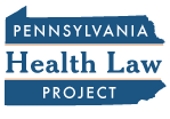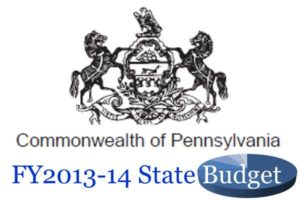DPW Seeks to Renew Philadelphia Assessment
The Pennsylvania Department of Public Welfare has announced its intention to seek renewal of the Philadelphia hospital assessment first authorized in 2008.
The purpose of the assessment is to generate additional revenue to fund state Medicaid expenditures for hospital outpatient and emergency department services in Philadelphia and to provide additional funding to support the city’s public health clinics.
Read the Pennsylvania Bulletin announcement of DPW’s intention here .
.






